Reworking ancient ideas of Chinese lacquerware
By Wang Kaihao ( China Daily ) Updated: 2016-05-03 08:10:36
 |
|
[Photo provided to China Daily] |
Still, a dialogue between East and West probably helps improve traditional craftsmanship on both sides.
For instance, Homemade in Germany, an exhibition that was held in Shanghai last year, and returned to China for the recent Macao expo, can offer ideas to Chinese industry.
The exhibition, which comprises more than 150 companies from Germany, aims to promote handcrafts for everyday use.
The oldest German company exhibiting products at the event is more than 300 years old, and many of the others are family-run businesses.
Matthias Philipp, the curator of the exhibition, says handmade crafts are highly regarded in his country despite facing stiff competition from mass-produced goods.
"People in Germany say, 'I'd rather buy something more expensive, but which is more authentic.' They don't want to buy mass-produced items," he says.
"In a world of globalization and digitalization, people value items made by hand. You can make a handicraft modern by adding something new," he says.
"They (handicrafts) are regarded as a luxury because luxury refers to something that is individually designed and is unique."
As an example, he talks of high-end German pens made using traditional techniques and others made using more modern methods, though both are traditional brands.
"They (both brands) can coexist. But, if you want to keep tradition alive, you have to somehow bring it into the 21st century," he says.
|
|
|
|
|
|
|
|


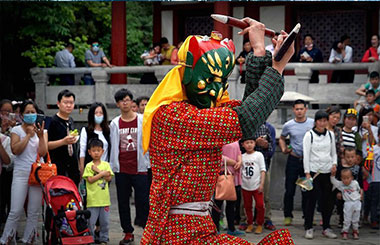

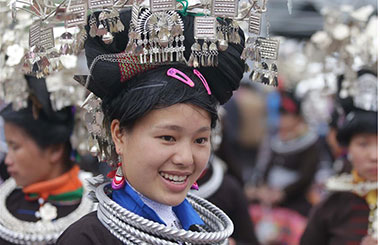


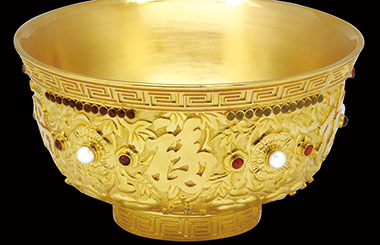
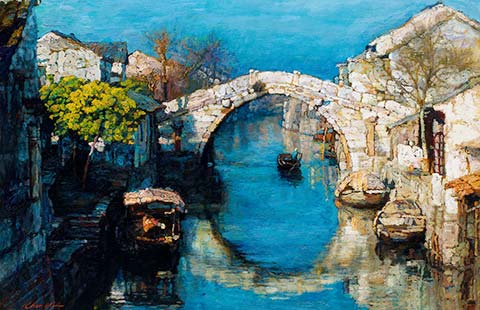








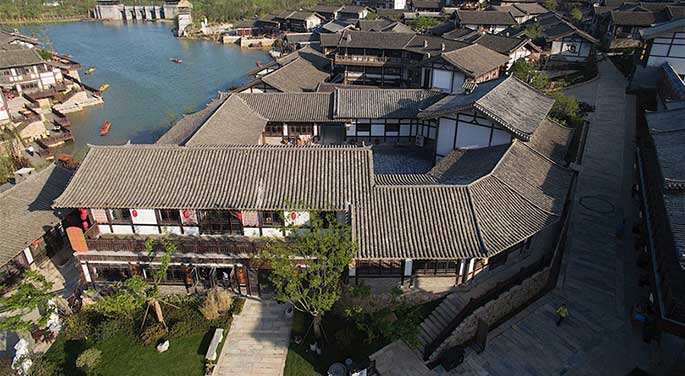





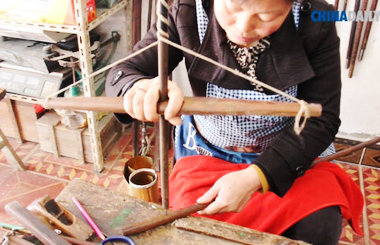
 Raymond Zhou:
Raymond Zhou: Pauline D Loh:
Pauline D Loh: Hot Pot
Hot Pot Eco China
Eco China China Dream
China Dream China Face
China Face




